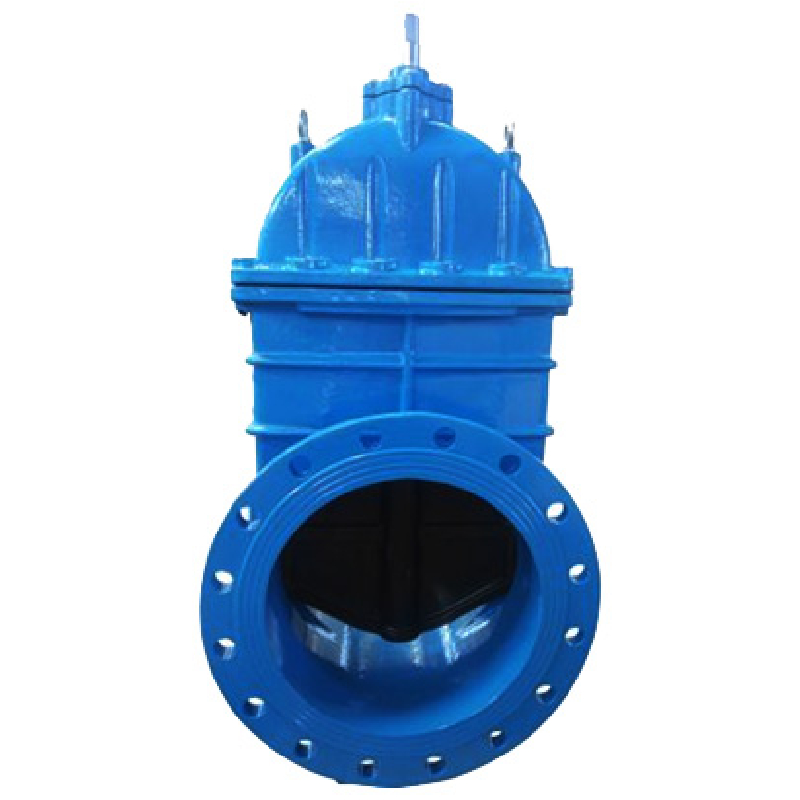Dec . 25, 2024 06:12 Back to list
flexible rubber expansion joint
Understanding Flexible Rubber Expansion Joints
Flexible rubber expansion joints play a crucial role in a variety of industrial applications, providing an effective solution to accommodate movement, vibration, and thermal expansion in piping systems. These joints are essential for maintaining the integrity and longevity of piping networks, which often operate under dynamically changing conditions.
What Are Flexible Rubber Expansion Joints?
Flexible rubber expansion joints are designed to absorb vibrations and accommodate axial, lateral, and angular movements in pipes. Made from durable rubber materials, they are engineered to handle the stresses and strains imposed by temperature changes, pressure fluctuations, and mechanical movements. The joints consist of a flexible rubber body reinforced with layers of fabric and/or steel, ensuring both flexibility and strength.
Key Features and Benefits
1. Vibration Dampening One of the primary functions of rubber expansion joints is to reduce vibrations transmitted through piping systems. This dampening effect helps to protect sensitive equipment and components that might be adversely affected by excessive vibrations.
2. Thermal Expansion Accommodation As temperatures fluctuate, materials in piping systems expand and contract. Flexible rubber expansion joints allow pipes to move without the risk of damage or failure. This functionality is particularly crucial in systems where temperature variances are significant, such as in heat exchangers and boilers.
3. Ease of Installation Compared to rigid joints, flexible rubber expansion joints are easier to install. Their lightweight nature and flexibility simplify the alignment and installation process, reducing labor costs and downtime during maintenance.
flexible rubber expansion joint

4. Corrosion Resistance Many rubber expansion joints are designed to resist various chemicals, oils, and fluids, making them suitable for use in different environments. This feature is vital in industries such as chemical processing, where corrosive substances are commonly handled.
5. Versatility These expansion joints are available in various sizes, shapes, and configurations to meet specific application requirements. They can be used in a wide range of industries, including water treatment, HVAC, oil and gas, and power generation, showcasing their versatility.
Applications of Flexible Rubber Expansion Joints
The applications of flexible rubber expansion joints are extensive. In the HVAC industry, they are used in ductwork to absorb movements caused by thermal expansion and contraction. In water treatment facilities, they accommodate shifts in pipelines caused by pressure changes and thermal effects. Furthermore, in the oil and gas sector, these joints are critical for accommodating the movement of pipelines as they transport various substances.
Maintenance and Lifespan
While flexible rubber expansion joints are designed to be durable, regular inspection and maintenance are crucial for ensuring their longevity. Signs of wear, such as cracking, splitting, or discoloration, should be addressed immediately to prevent potential failures. Depending on the operating conditions, the lifespan of rubber expansion joints can vary but typically lasts several years with proper care.
Conclusion
Flexible rubber expansion joints are indispensable components in modern piping systems. Their ability to absorb vibrations, accommodate thermal expansion, and resist corrosion makes them a preferred choice across numerous industries. By providing these critical functions, they help to maintain the reliability and efficiency of piping networks, minimizing the risk of damages and costly downtimes. Understanding the importance of these joints and incorporating them into system designs can lead to enhanced operational performance and longevity of industrial systems.
Share
-
Reliable Wafer Type Butterfly Valves for Every IndustryNewsJul.25,2025
-
Reliable Flow Control Begins with the Right Ball Check ValveNewsJul.25,2025
-
Precision Flow Control Starts with Quality ValvesNewsJul.25,2025
-
Industrial Flow Control ReliabilityNewsJul.25,2025
-
Engineered for Efficiency Gate Valves That Power Industrial PerformanceNewsJul.25,2025
-
Empowering Infrastructure Through Quality ManufacturingNewsJul.25,2025